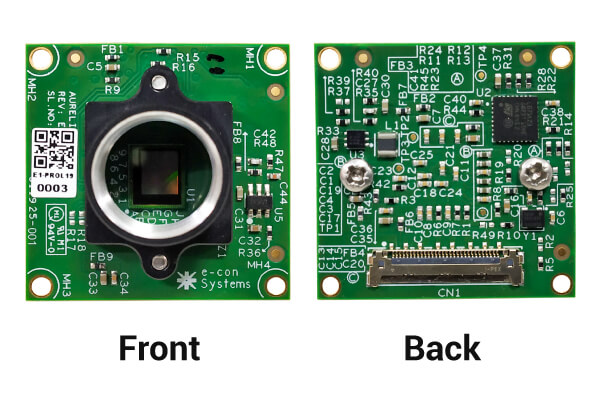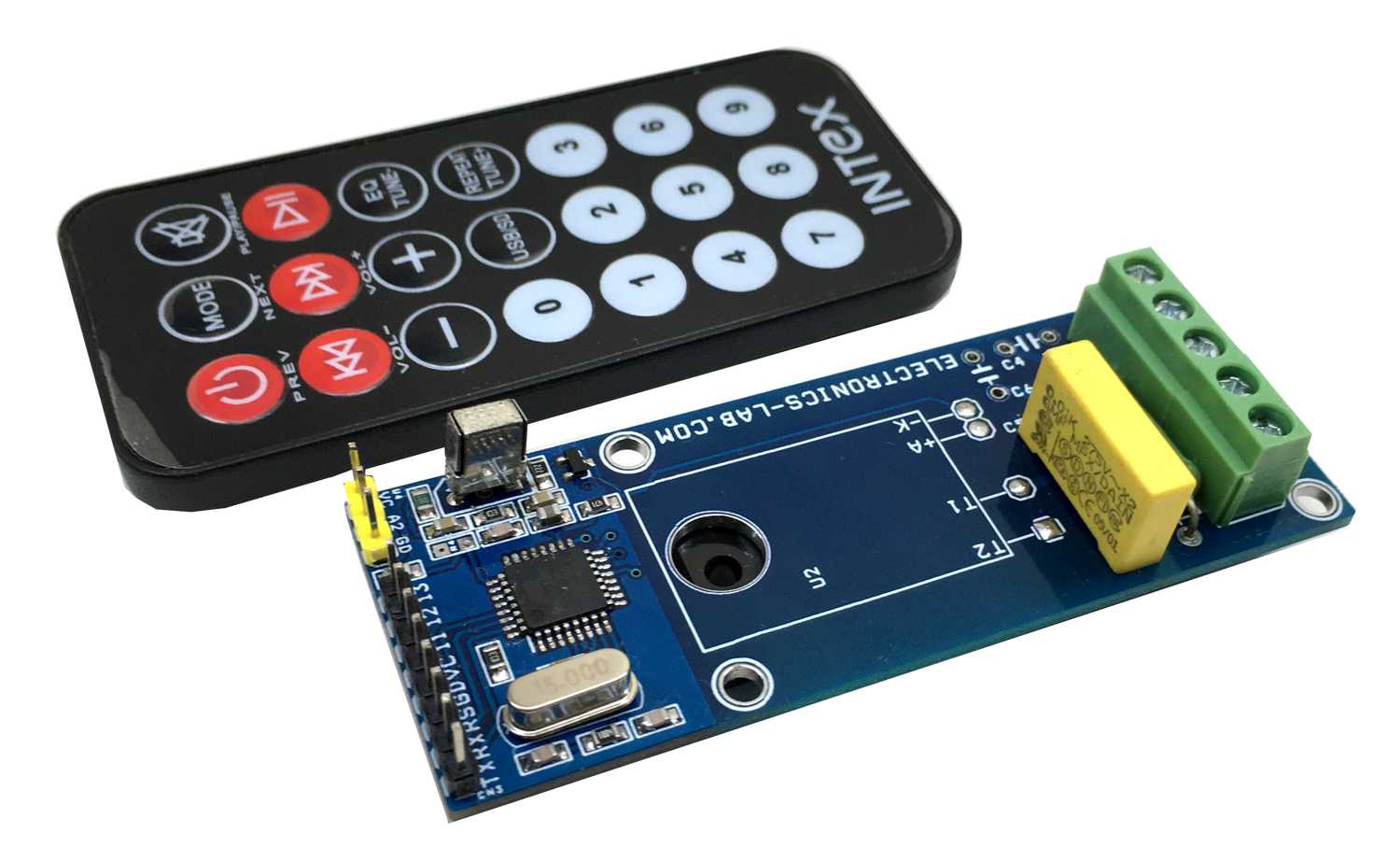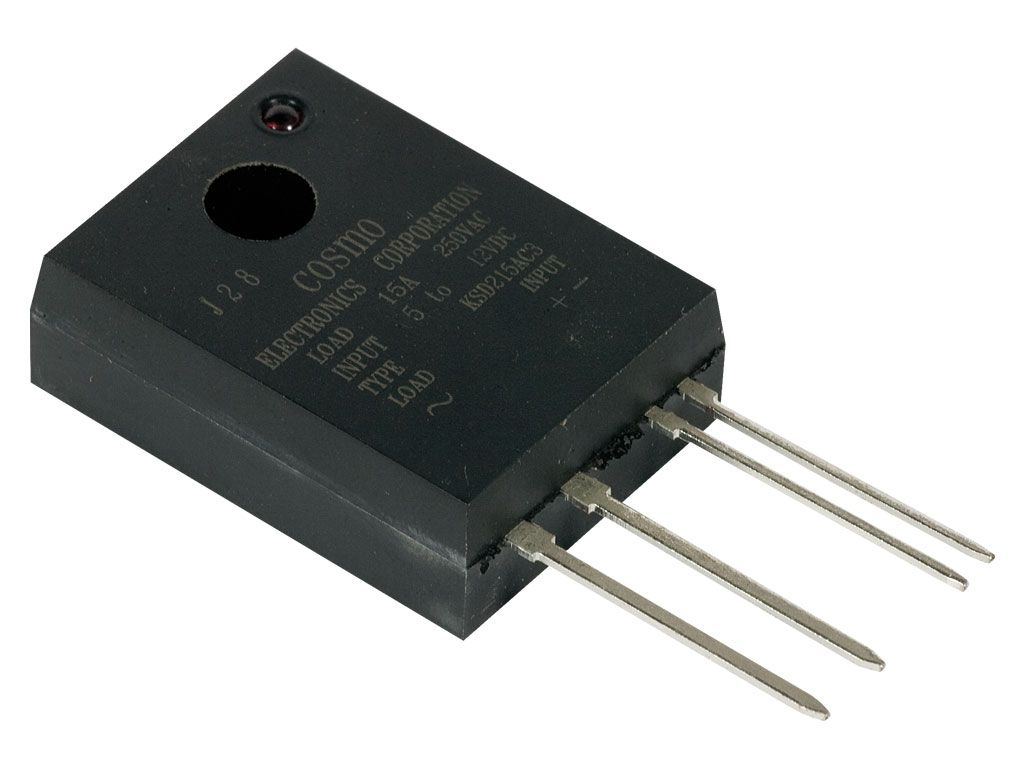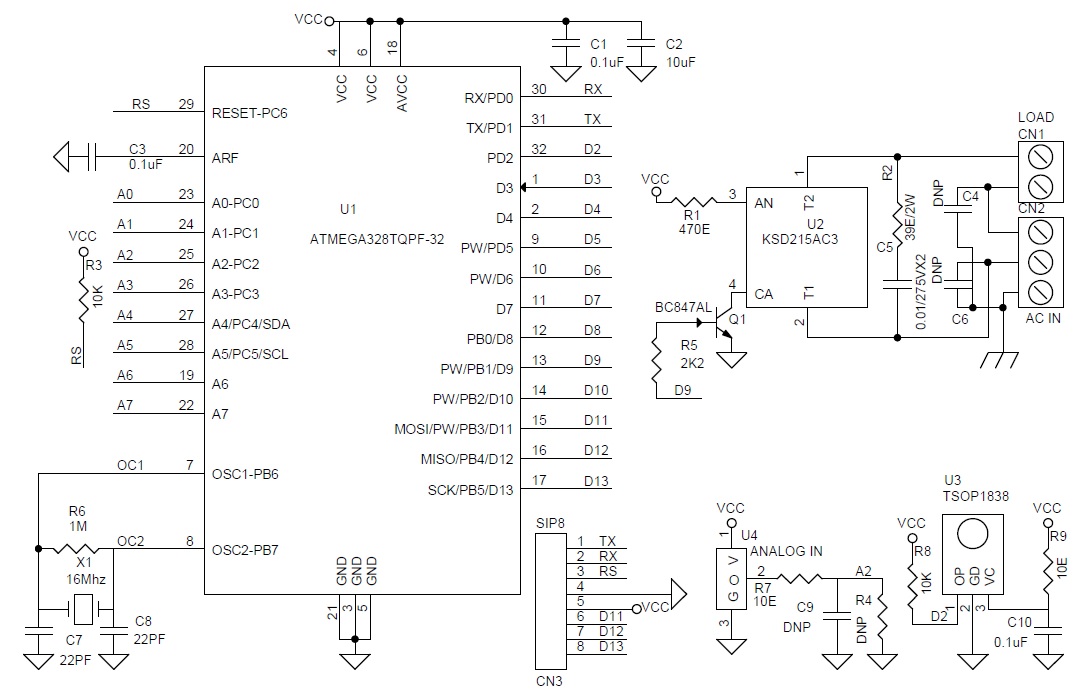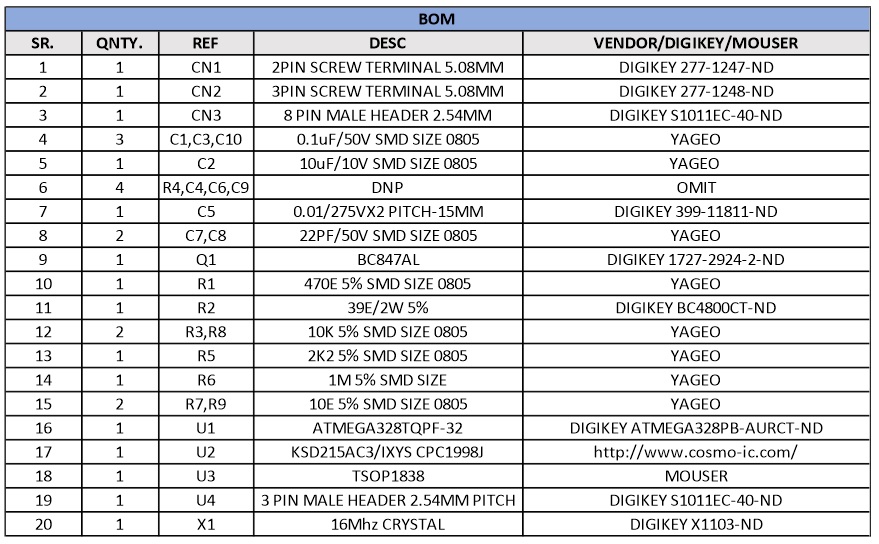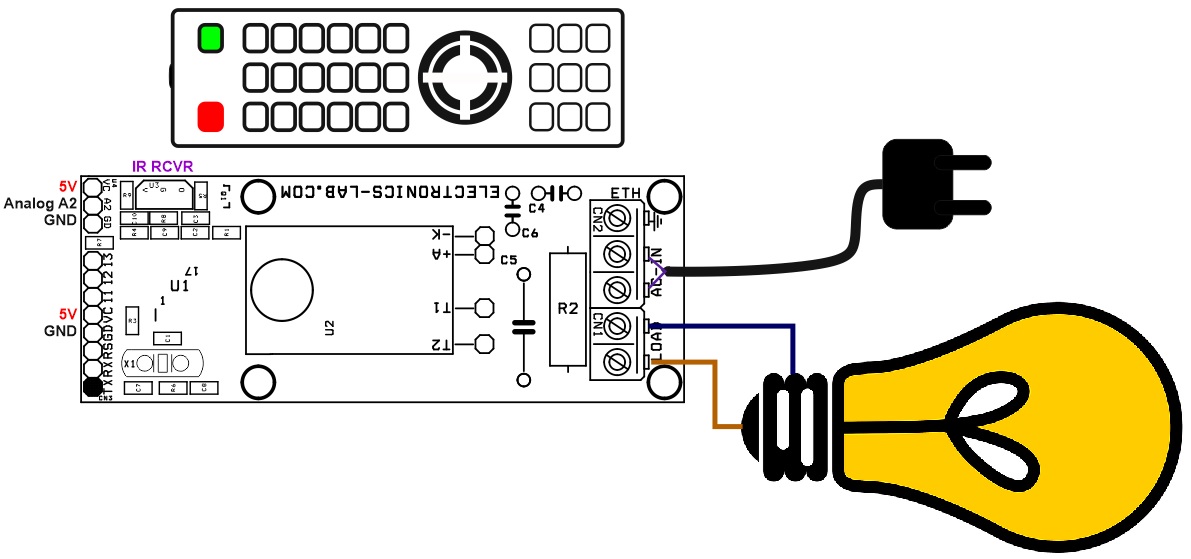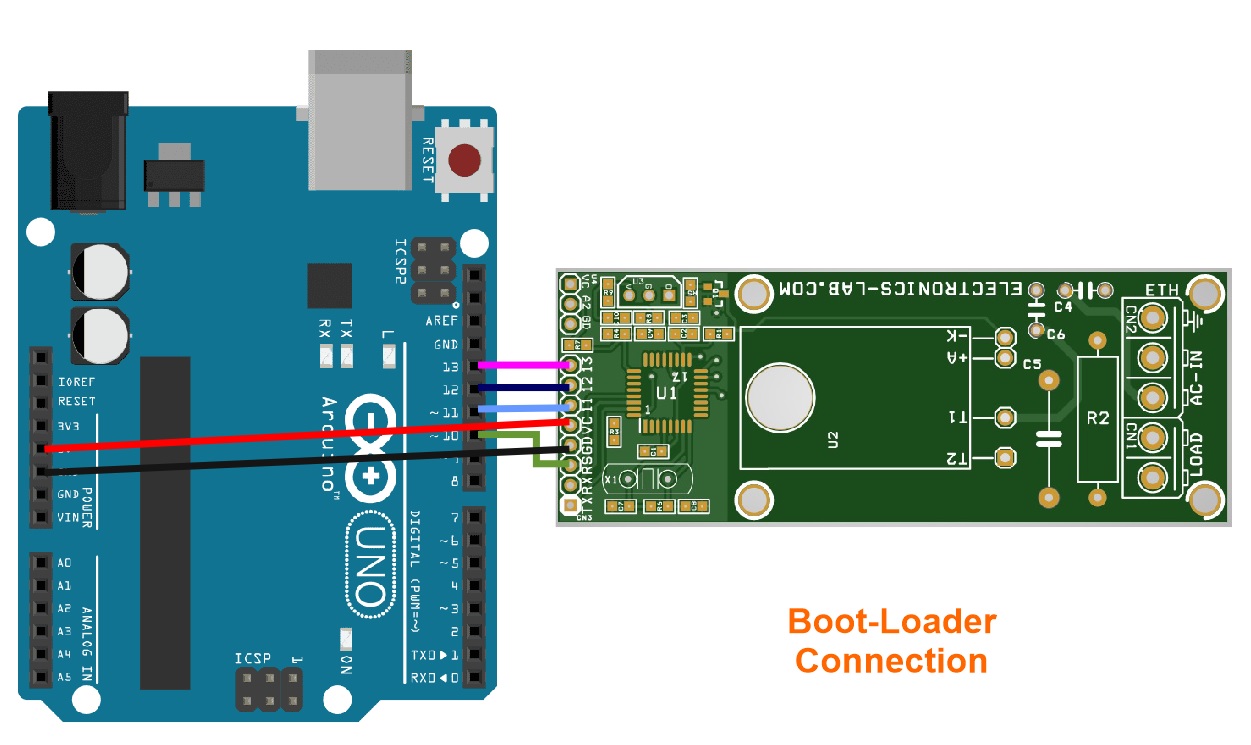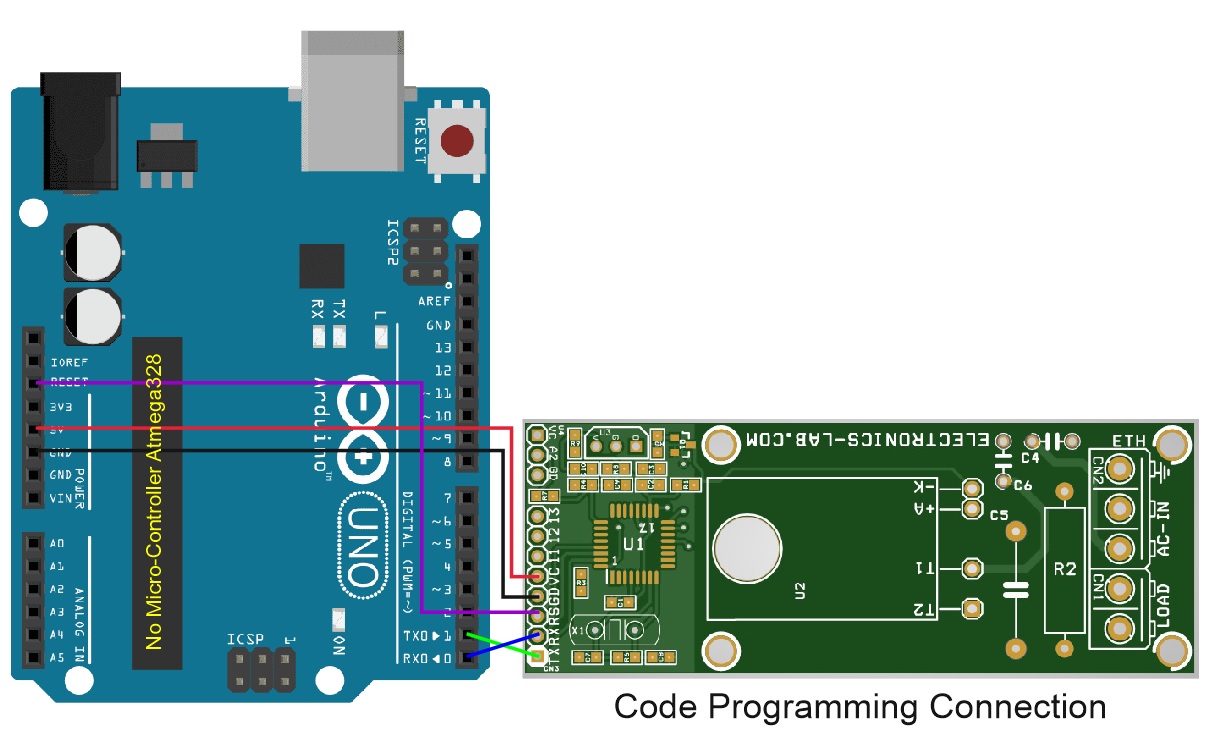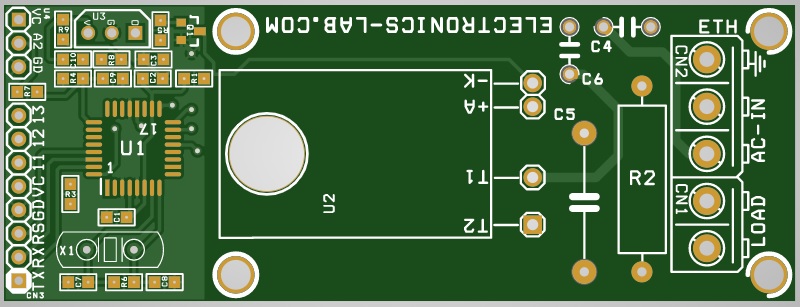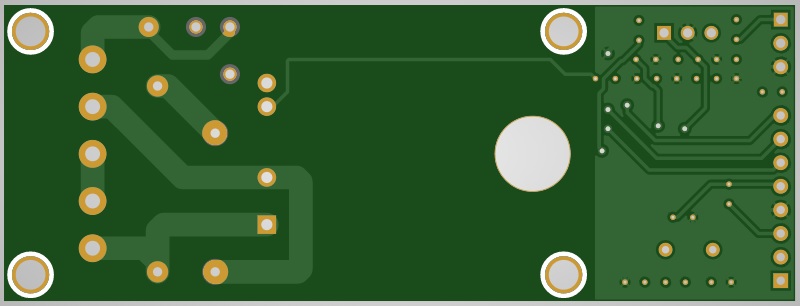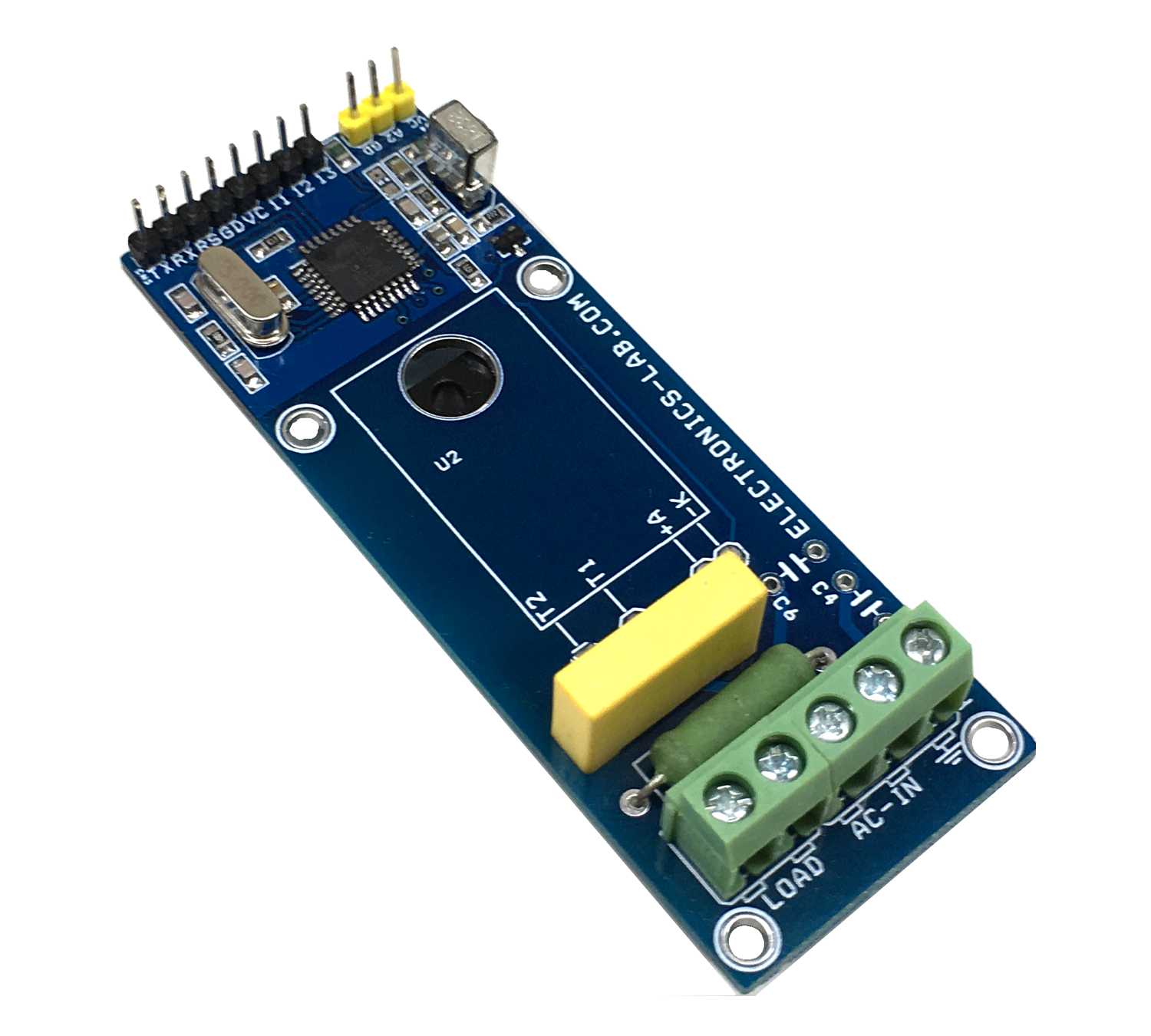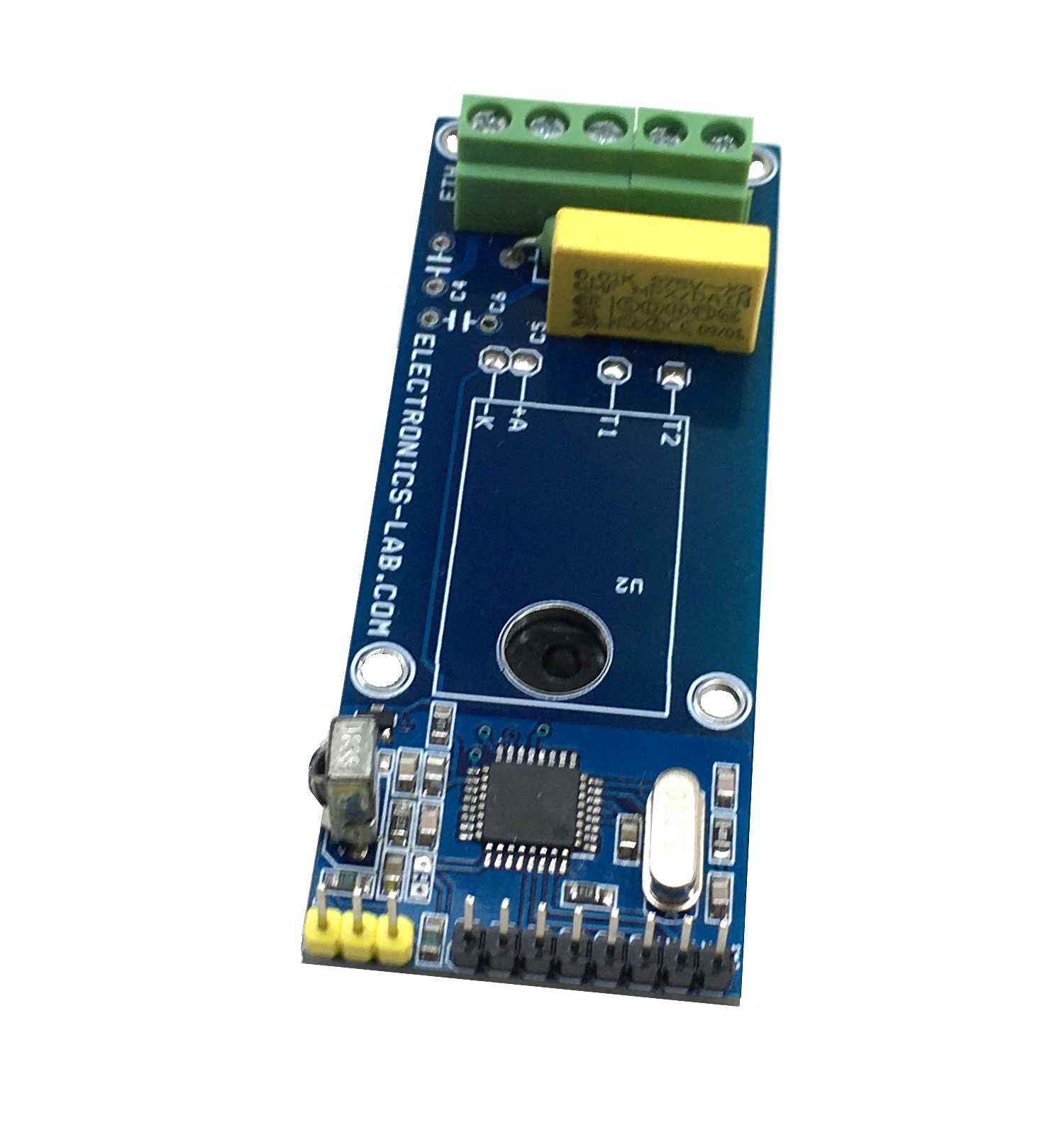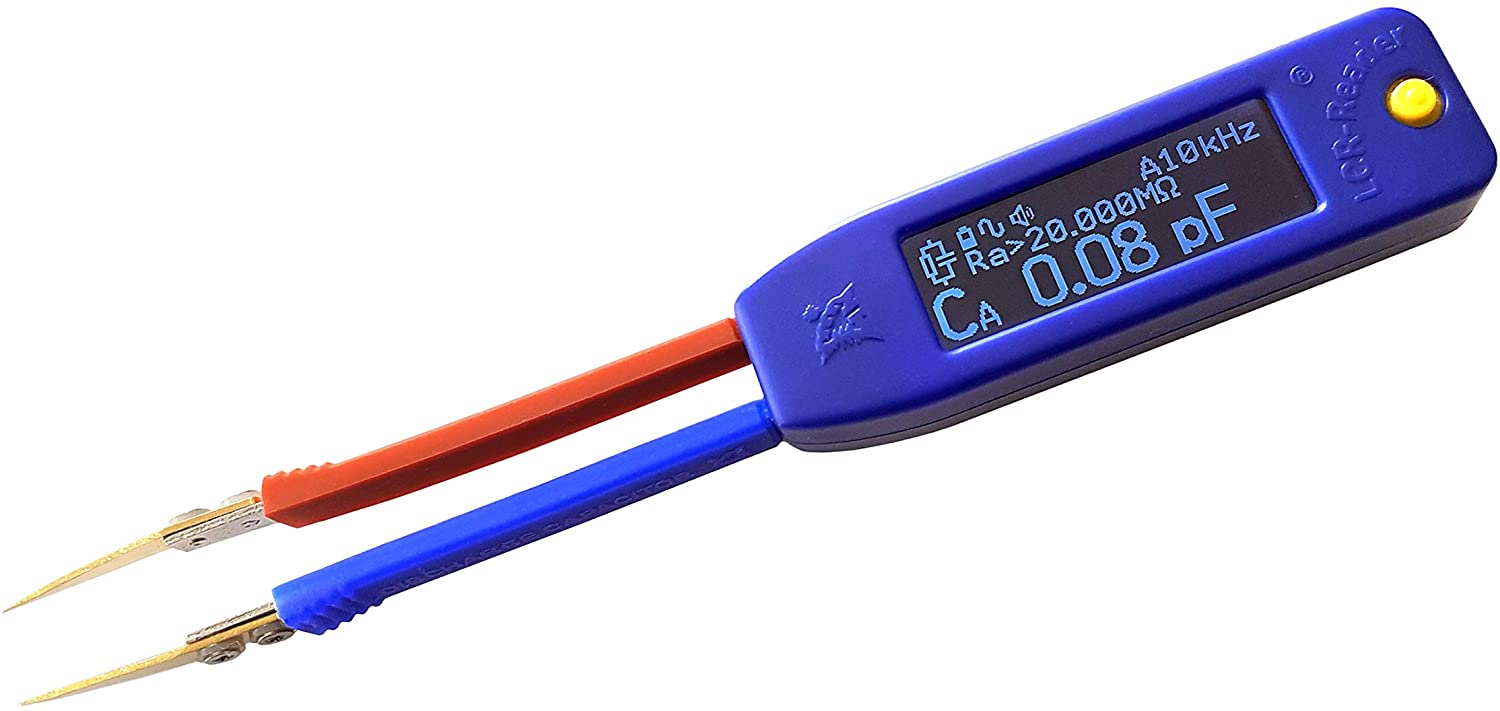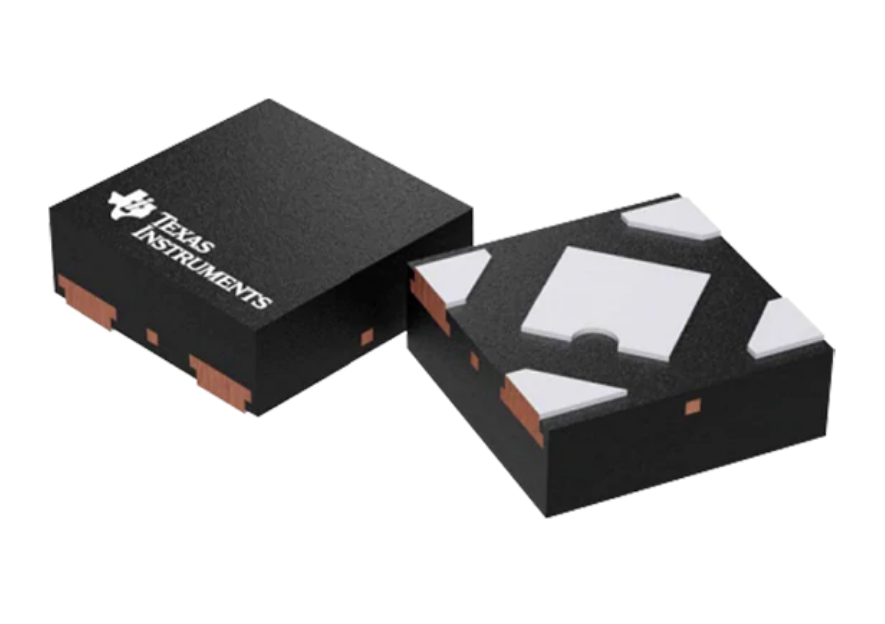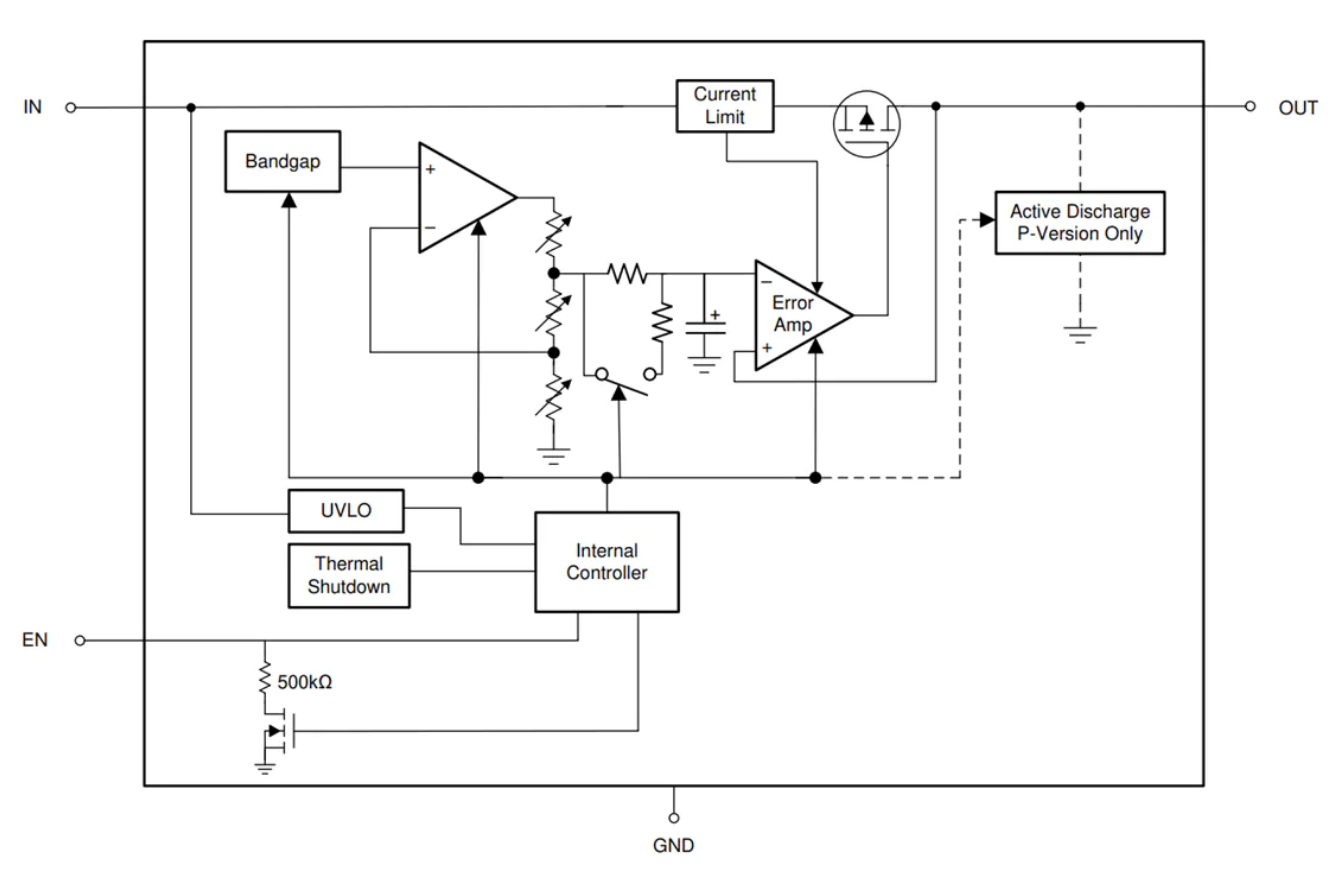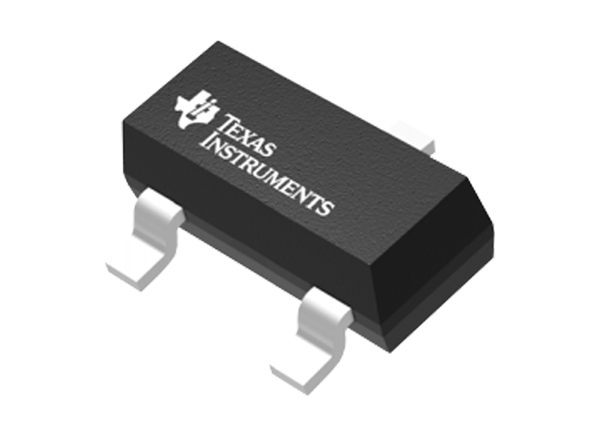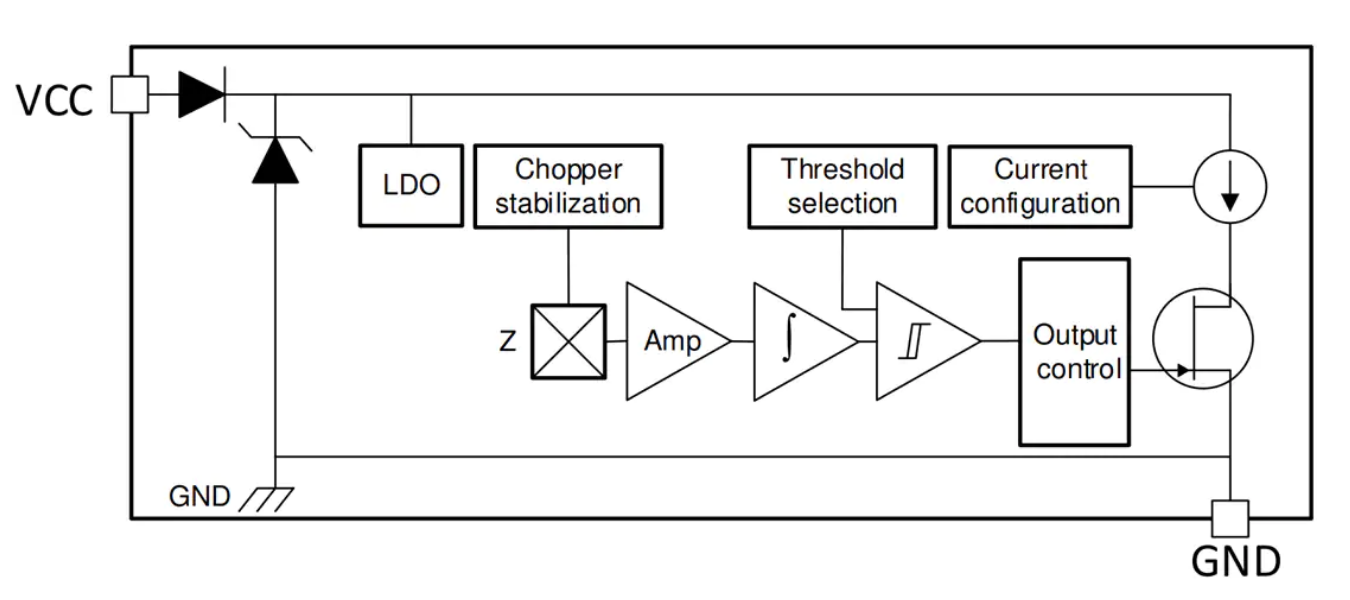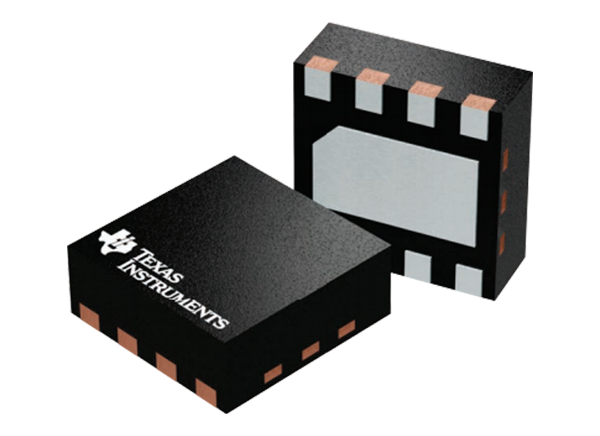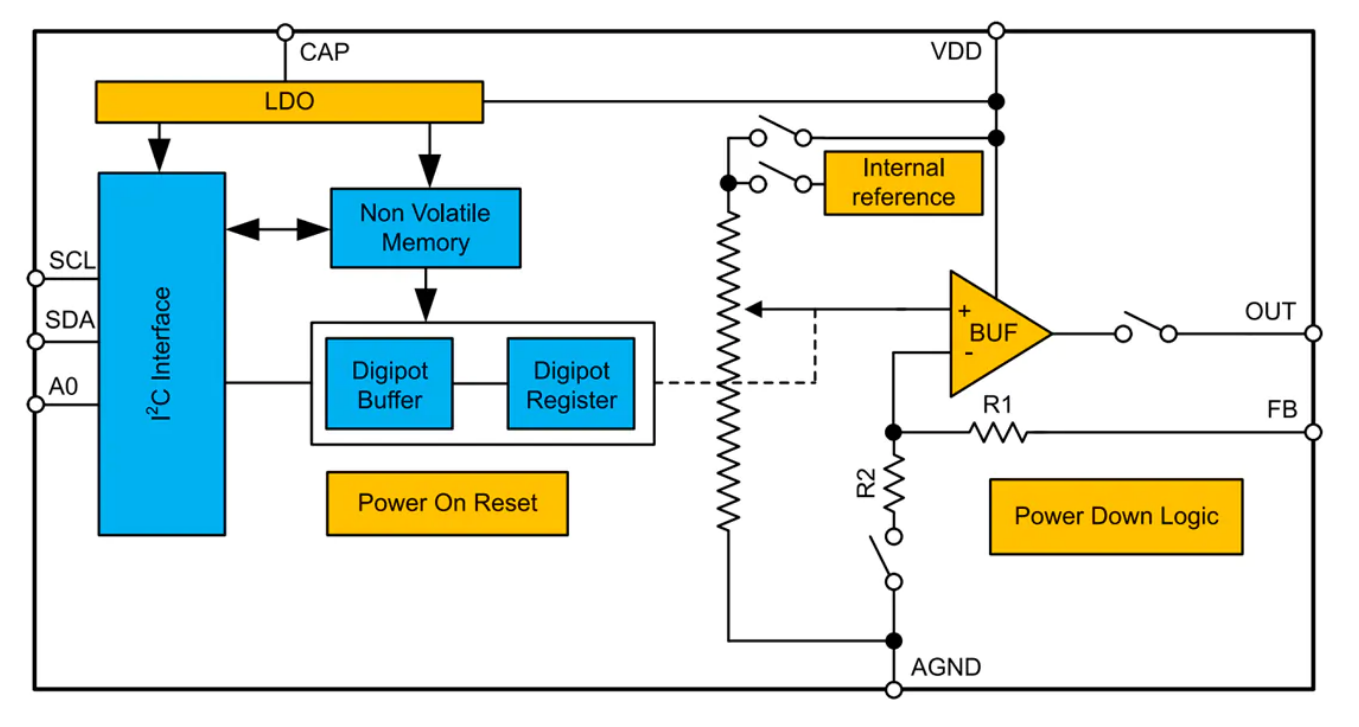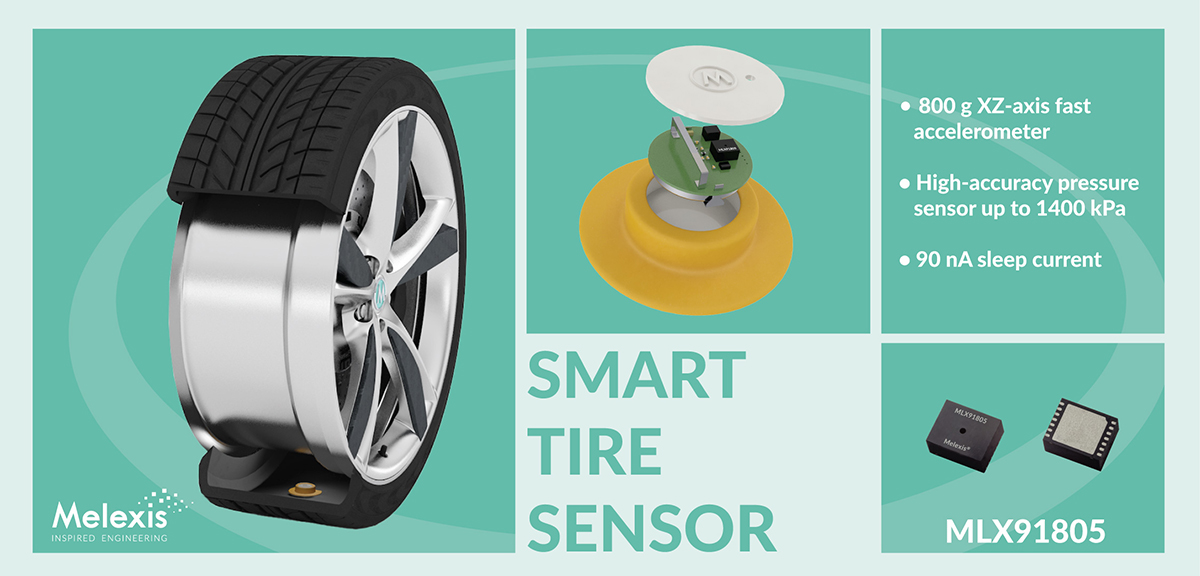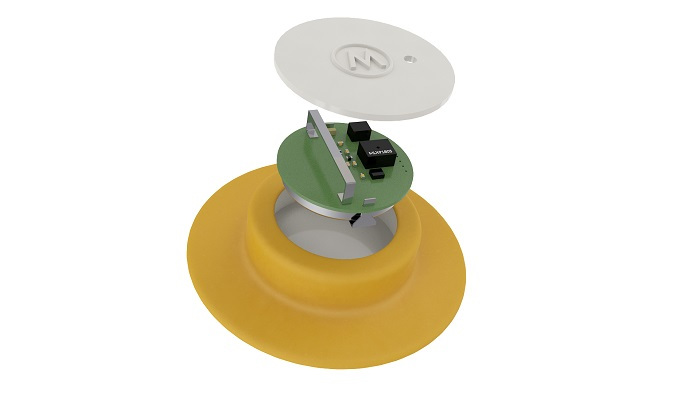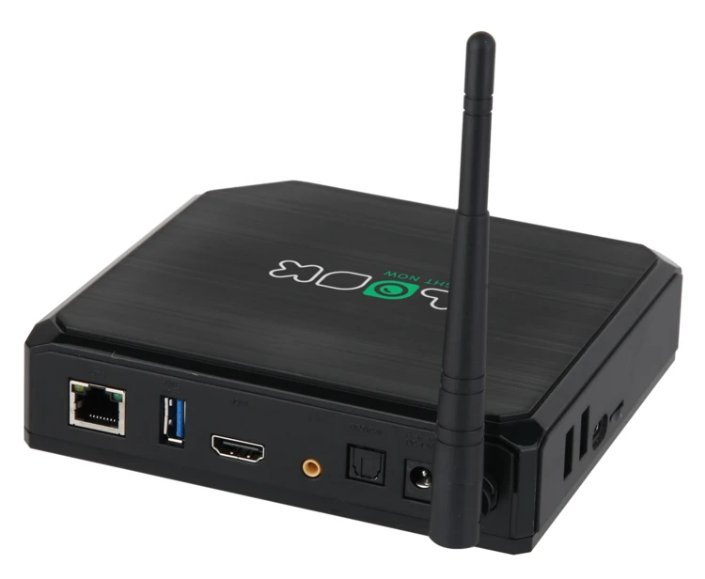
Digital signages are a critical part of our projects. They play a critical role in today’s digital world. One of these digital signage solutions is the LOOK Player HD-2218 PRO. The LOOK Player HD-2218 PRO is effective in helping you create an attractive digital interface with its cloud-based tools, which brings about an excellent user experience. The LOOK Player HD-2218 PRO features a layout designer, which helps you carry out different functions like dividing the screen into multiple areas and creating a unique layout for your broadcasting. Another thing you can do with the layout designer is dividing the screen into multiple areas, and customizing those areas into different sizes, and play different contents in the area you customized.
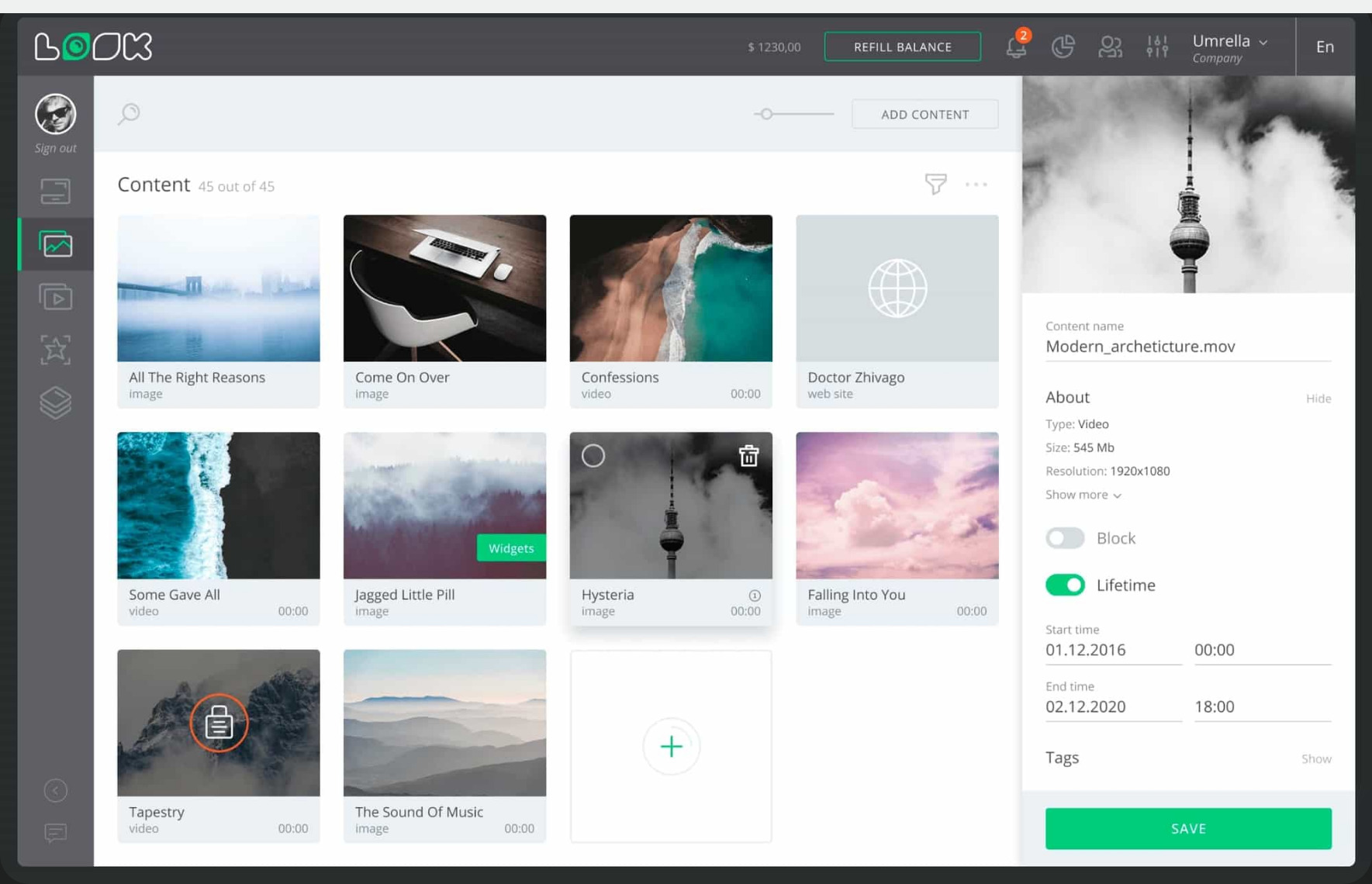
Another feature is its inbuilt graphics editor, which enables you to choose different colors, sizes, and transparency levels for layers, data fields, and fonts. You can also set the speed and direction of the ticker. Its Interactive scenarios feature enables you to create multi-layered interactive scenarios. You don’t need to know anything about programming or coding to do so. For those wanting to make use of fewer sales staff, the Interactive catalog is for you. It enables increase sales and cut the number of sales staff you need for your offline stores. This is because the interactive catalogs are programmed to enable product self-browse and checkout.
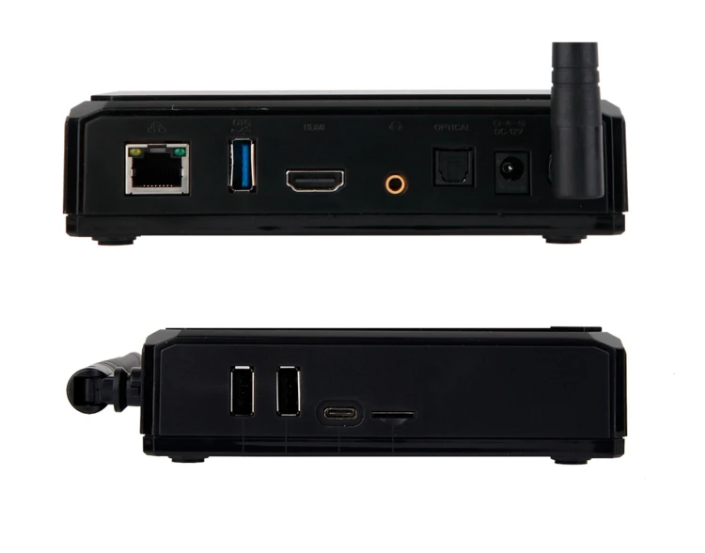
An advantage of the LOOK Player HD-2218 PRO is that you don’t need printed leaflets anymore. All you need to do is to transfer the information into your touch monitors, and you can get feedback from your customers and visitors. You can get more creative by designing and using gaming scenarios to increase the engagement with your customers and employees, to advertise products and promos, etc. You do not need a permanent internet connection for you to use LOOK. You only need an internet connection when you want to upload contents onto the LOOK device, update settings, or to monitor the screen status. This is possible because all your contents are stored in the device’s memory, so all uploaded contents will automatically playback even in offline mode. You don’t have to worry about the compression of files thanks to its true 4K resolution. It can also transfer video files without any compression.
There’s also a smart schedule feature, which enables you to schedule when you want to carry out broadcasts in advance, by utilizing the various tools and settings available in the service. There are three options for this feature:
- 24-hour cycle: you can set the start time and broadcasting duration for a full playlist or for a single content on the playlist. You can monitor if the playlist overlapping playlists or if there are streaming gaps.
- Lifetime and playback rules: you can schedule a calendar lifetime for single contents, mute any content during broadcasting, and design playback rules for videos based on tags you assign to one or more screen
- Calendar and Priority Content (Q4 2020): you can schedule your playlists to a specific date or weekday, and also make content the priority, which you can stream at a certain level of frequency.
Look Content Manager feature enables you to create your playlists and manage your screens using any web-browser on your PC or tablet. This will enable your playlists to automatically playback on your screens wherever they are stored. If you want to remotely manage your screen, you need to use one of the company’s available media players. You can install the free Look application from Google Play on any Android 4.4 OS device. Then you connect the Look media player to any HDMI input of your screen, and it starts displaying your content.
LOOK Player HD-2218 PRO is useful in the retail industry, hospitality industry, banking, and corporate industry. It is available for subscription for $15 per month, and you can visit their product page for more information about the product, and for purchase.


